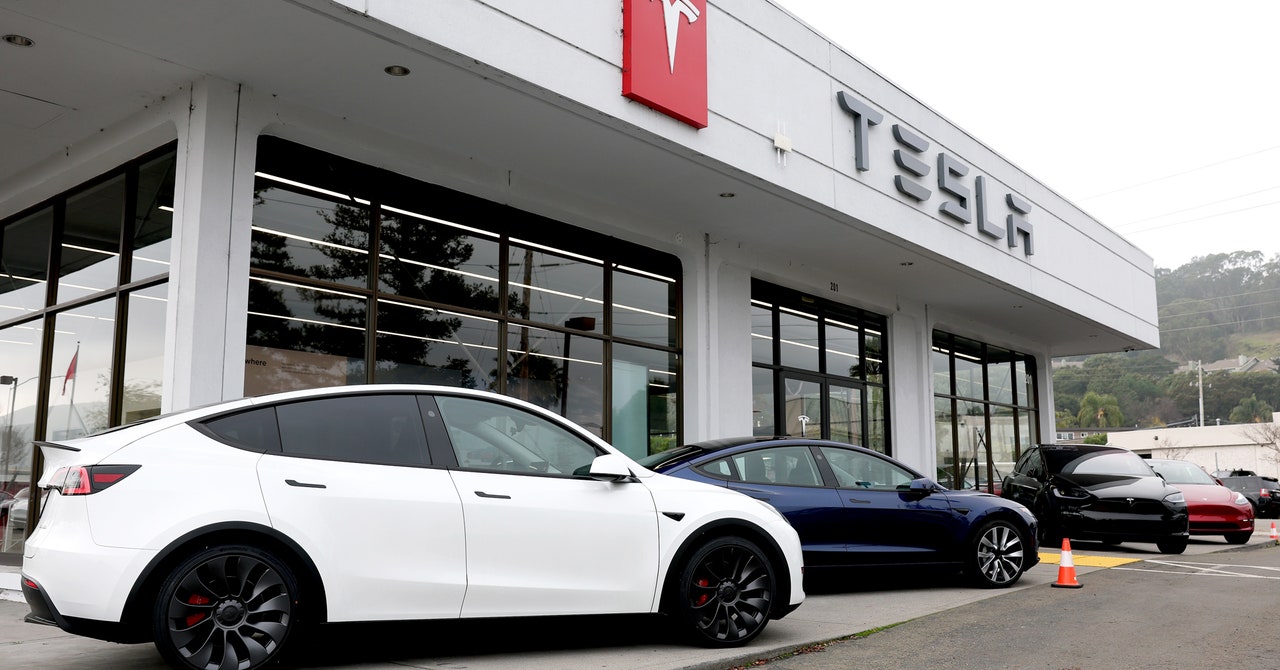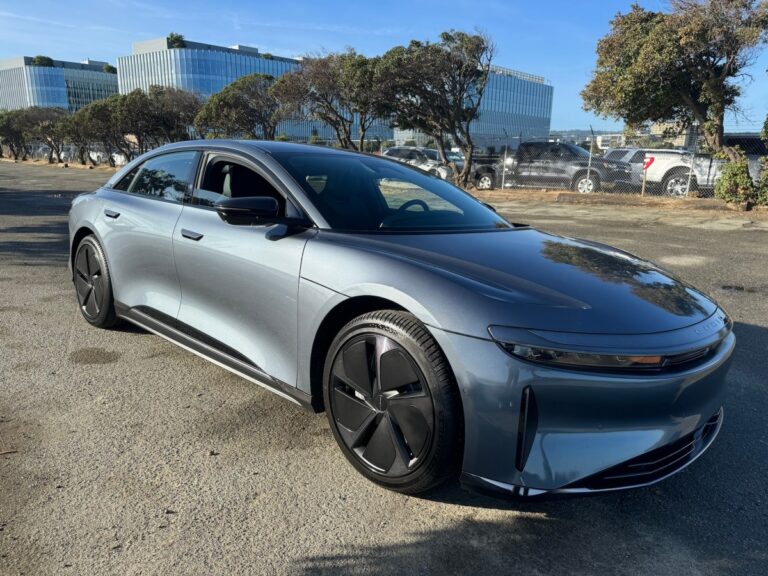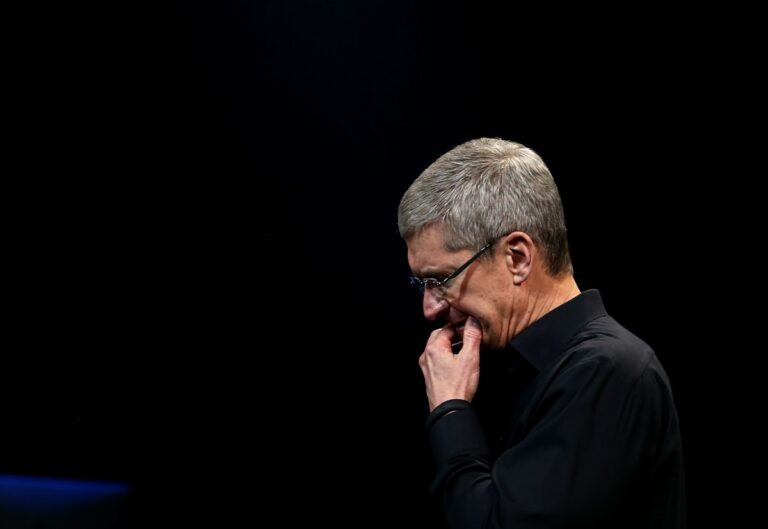Tesla May Be in a Sales Slump, but EVs Are Doing OK Overall
Just a few days into 2025, electric vehicles are already having a roller coaster ride of a year. Last week, Tesla kicked off the bumpy trip when it reported that, for the first time, the reigning champion of American EVs had delivered fewer cars globally than the year previous. The automaker delivered 1.789 million vehicles in 2024, a 1.1 percent dip compared to the 1.808 million delivered in 2023. Tesla share prices sank 8 percent on the news.
Then, on Friday, more annual sales numbers appeared, and the EV story got rosy around the edges. General Motors said it sold 50 percent more electrics than last year, with its Chevrolet Equinox EV SUV leading the charge. Honda’s Prologue EV, which went on sale halfway through the year, shifted 33,000 units—something of a coup for the Japanese automaker’s US electric debut. Even Ford, which said last year that it would back away from its plan to scale up all-electric sales in favor of a mix of EVs, hybrids, and gas cars, sold more than 50,000 Mustang Mach-Es.
Global EV sales numbers likely won’t be fully collated till next month, but analysts say that in the US, electric vehicles seem to be on track for a pretty reasonable 8 percent of all car sales in 2024.
So maybe “roller coaster” is a bit dramatic. By many measures, the EV sales story—and even the Tesla subplot—is mostly playing out the way everyone in the industry thought it would. In the first part of the decade, “people thought there would be this crazy hockey-stick growth for EVs,” says Stephanie Brinley, a principal automotive analyst at S&P Global Mobility. “That wasn’t realistic. The way we’re seeing the market evolve is more realistic.”
“Everyone is continuing to move forward slowly,” says Corey Cantor, a senior associate who covers electric vehicles at BloombergNEF, of electric cars and their manufacturers.
Tepid Optimism
No one said the transition to electric vehicles was going to be easy. Electrifying “has been one of the largest changes that the auto industry has ever seen—and the auto industry doesn’t change overnight,” says Ivan Drury, director of insights at Edmunds, the automotive website.
Manufacturing a whole new powertrain—and sourcing the battery minerals to energize it—is just one half of the challenge. Changing people’s buying habits, especially for one of the most expensive purchases they’ll make in their lives, will be the other half. Given those constraints, “it’s remarkable that we’ve seen so much change,” says Drury.
Even Tesla’s bump in the road might be seen as evidence that CEO Elon Musk’s automaker is doing something right. In 2006, Musk published his “Master Plan” that laid out Tesla’s “overarching purpose”: “to help expedite the move from a mine-and-burn hydrocarbon economy towards a solar electric economy, which I believe to be the primary, but not exclusive, sustainable solution.” Tesla’s annual growth challenges stem, in part, from the fact that the gambit worked, and there is now much more global competition in the EV space. Tesla officially lost its title as the world’s top EV maker last year to China’s BYD, which produced about 4,500 more electrics last year. (Tesla still sold more EVs, with a serious assist from Chinese buyers, who bought 8.8 percent more of the automaker’s EVs last year than in 2023.)
Whether the global vehicle electrification project will stay on track comes down, in part, to policy. In the US, EV sales leapt in the last quarter of the year. This is perhaps because consumers heard about the new Trump administration’s plans to do away with electric vehicle incentives and took experts’ advice to buy new cars when they could still get subsidies. What will happen in 2025 if those purchase incentives go away?
Even with more sales numbers to come in, 2024’s figures seem to show an industry chugging along as it should. “It’s a crazy transition,” says Brinley, the analyst, of the shift to electric vehicles. But she’s confident: “We are going to see more adoption,” she says.







